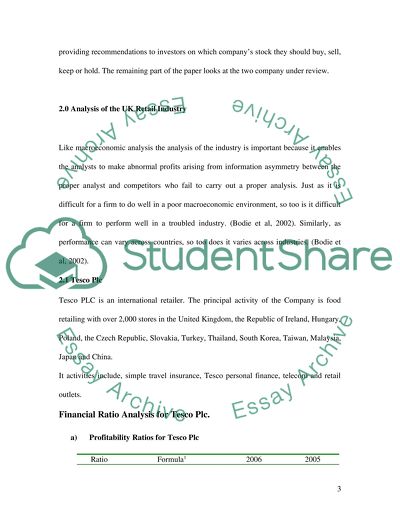Cite this document
(“Investment Analysis of Tesco, and Marks And Spencer Research Paper”, n.d.)
Retrieved from https://studentshare.org/miscellaneous/1505533-investment-analysis-of-tesco-and-marks-and-spencer
Retrieved from https://studentshare.org/miscellaneous/1505533-investment-analysis-of-tesco-and-marks-and-spencer
(Investment Analysis of Tesco, and Marks And Spencer Research Paper)
https://studentshare.org/miscellaneous/1505533-investment-analysis-of-tesco-and-marks-and-spencer.
https://studentshare.org/miscellaneous/1505533-investment-analysis-of-tesco-and-marks-and-spencer.
“Investment Analysis of Tesco, and Marks And Spencer Research Paper”, n.d. https://studentshare.org/miscellaneous/1505533-investment-analysis-of-tesco-and-marks-and-spencer.


